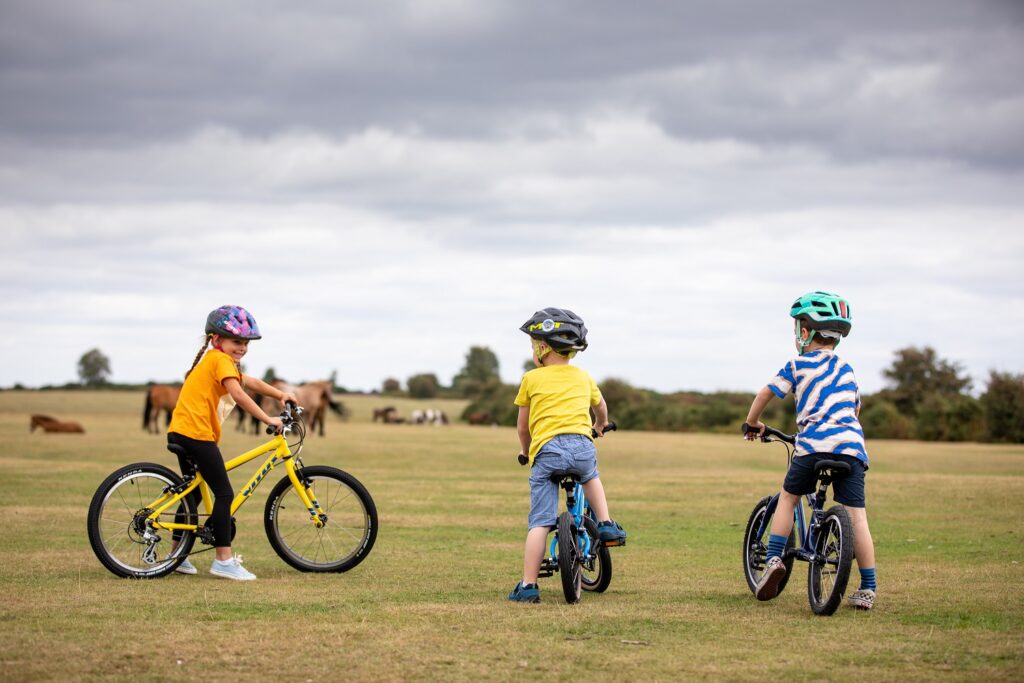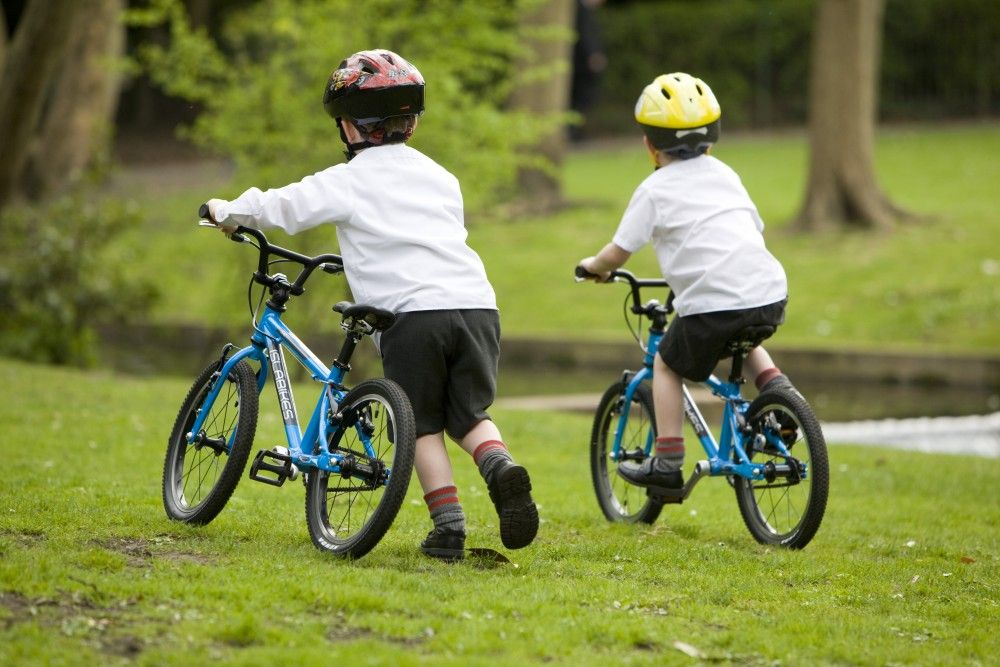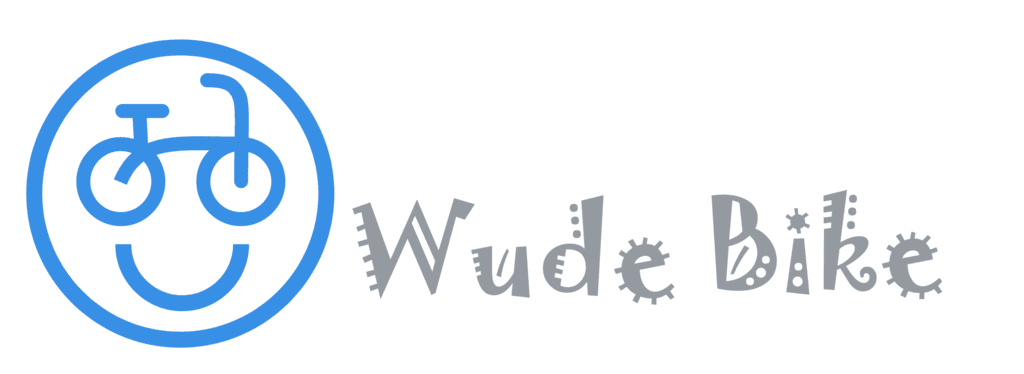Welcome to the Topic “How To Pick the Perfect Children’s Bike”
When buying bikes for my children, I had to ask myself a lot of questions because I am an ardent biker myself, and I wanted to get the best deal possible. How much money should be spent? What kind of bicycle is it? Where do you suggest we go on our ride? Why should you get your child a bike that’s not too heavy?
Having your child learn to ride a bike that isn’t too heavy relieves some of the pressure. Developed to make the learning cycle as fast and simple as possible. They make it possible for cyclists to maintain their balance, pedal and come to a controlled stop.
When you’re a kid, the essential thing about riding a bike is that you have a good time doing it. The benefits for their health and well-being are a bonus for their parents, which is why they should do it. The vast majority of lightweight children’s bicycles are created with riders of that age in mind. Children require a reduced Q-Factor, which refers to the lateral width between the feet when pedaling. It is more probable that someone will develop a lifelong passion for cycling if they have access to a joy factor that comes with a higher build quality and lighter bike. This is also healthier for their health in the long run.
When it comes to cost, lightweight bicycles are typically more expensive than their heavier counterparts. However, there is a rationale for the low cost of heavy bicycles. Typically constructed with heavy metals such as steel and outfitted with heavy pieces that are relatively inexpensive. When it comes to selling the bike when your youngster has outgrown it, you will receive a better return with a lightweight bike. A lightweight bike that costs £325, despite the fact that it is more expensive, you would easily be able to sell it for more than $200. If you bought something in the shape of a bike from a toy store for one hundred pounds, you could definitely sell it for ten pounds when the time comes.
- Say no to stabilizers.

For a very long time, stabilizers, also known as learning wheels, have been the conventional addition to the very first pedal cycle acquired by a young youngster. Stabilizers not only postpone the time when kids have to learn how to ride a bike the right way, but they also encourage “wrong-balancing,” which is when the bike is balanced incorrectly. Observe a young child as they navigate a corner on a bicycle equipped with stabilizers; you’ll see that they lean outwards. Observe someone else riding a bike normally; you’ll see that they lean into the corners.
How can we find a solution to the complicated problem of stabilizers? With a cutting-edge product that is deceptively straightforward: the balance bike. These are foot-powered devices. Thus, there are no pedals or gears involved. Riders don’t do anything more complicated than sit on the saddle and propel themselves forward with their feet. Young children can learn the fundamentals of balance with the help of balancing bikes, and then when they are ready to transition to a pedal machine, they will already have a leg up on the competition. After mastering the fundamentals of a balancing bike, both of our children, then aged three, were able to ride a pedal cycle with ease within ten minutes of beginning their training.
- The weighting game
Therefore, maintaining balance is the first prerequisite for cycling, but control, stability, and unadulterated enjoyment can only be attained with the appropriate equipment. It seems insane that anyone could be content with placing toddlers on machines that weigh more than 10 kilograms, considering that top-level adult road cycles can weigh less than 7 kilograms and road riders can get worked up about saving 100 grams by updating bits of equipment. Remember that weight is also relative: whereas 10 kilograms is just an eighth of the weight of an adult rider who weighs 80 kilograms, 10 kilograms is equal to 50 percent of the weight of a youngster who weighs 20 kilograms.
Aluminum will now be used in the construction of high-quality children’s bicycles, and these bicycles will also contain extremely good parts to help reduce the overall weight to a minimum. On a bike meant for a child, nothing should be excessively large or weighty until we get to the discussion of sizes. We anticipate that they will put these bicycles through their paces if they have anywhere near the amount of fun that we anticipate they will have on their bikes. However, this does not imply that they must have the appearance of being able to physically withstand an explosion! In point of fact, high-quality bicycles won’t simply be more lightweight; they’ll also be more dependable.
- Sizing up
They’ll get used to it as they become older. This strategy is favored by the frugal parent who has purchased a bike that is overly large in the expectation that it will survive for a longer period of time. It does not work with children’s bicycles: the excitement that they feel upon viewing their new two-wheeled dream machine will fade away completely if they have to wait weeks or months merely to get it fitted to them. And a bike that is too huge for them will not be enjoyable to ride, even if they are just about capable of doing so, because it will be difficult to manage and difficult to maneuver, making it a genuine work.
Immediately go out and purchase a bicycle that is sized appropriately for them. If your child is just eight years old, you shouldn’t purchase a toy intended for a youngster who is ten years old.
In addition, pay close attention to the individual parts. The components of today’s bicycles geared toward children have been developed with the smaller bodies of youngsters in mind. Therefore, brake levers should be within easy reach of their small hands; crank arms should be short and tailored to the rider’s size, and even things like the saddle and handlebars should be made specifically for the usual child who is able to fit that particular frame.
- Don’t buy cheap children’s bikes.
When you look at the market for children’s bicycles in the present day, you’ll see that there is a diverse range of luxury children’s bicycles. Islabikes was the company that launched the trend almost a decade ago, and since then, other companies like Frog, Hoy, Raleigh, and Dawes have all followed suit by producing their own lines of lightweight and high-quality children’s bicycles. In spite of this, there is no shortage of vendors, ranging from grocery stores to catalog firms and even some bike shops, that continue to sell inexpensive and hefty BSOs, which stands for “Bike Shaped Objects.” They have the appearance of bikes, and they even have some of the characteristics of riding a bike, but they are not actual bikes in the sense that they are not high-performance pieces of sporting equipment.

The price of a decent bicycle for a youngster can range anywhere from approximately £200 for a first pedal cycle to £400 for a junior drop-bar road bike. Even though that is a lot of money, if you have been convinced by our reasoning up to this point, you will realize that it is well worth it. If you still have any reservations, think about what follows. If you spend $300 on a high-quality bike, we can guarantee that your children will enjoy riding it, that they will get a lot of use out of it, and that you will be able to command a reasonable second-hand price when you sell it on because it is bound to be a good make. If you spend $300 on a high-quality bike, we can guarantee that your children will enjoy riding it.
On the other hand, you may buy a specific item in the supermarket for one hundred pounds and save two hundred. It’s not cost-effective at all. Because it is cumbersome, ungainly, and prone to constant breakdowns, it is possible that the bicycle will never be ridden. A bicycle that is purchased but never used is not only a waste of money, but it also deprives your child of the opportunity to enjoy months or even years of the freedom that comes with riding on two wheels. If you buy a low-quality bicycle, you’ll be lucky to get twenty pounds for it once you’ve all grown tired of using it.
So put some time and effort into maintaining your child’s bicycle, and you’ll be giving them a head start on a hobby that will provide them pleasure for the rest of their lives.
Round-up: what to look for in a children’s bike
- Lightweight; the lighter something is, the better it is.
- Aluminum is the superior material for frames and parts. Only steel should be used for the fork.
- Components that are size-specific, such as brake levers with a limited reach and crank arms with a short reach
- Avoid using training wheels and instead, get your kid started on a balancing bike if at all possible. Even if not, avoid stabilizers.
- If at all feasible, get the bike professionally suited for your child in the shop, and then let them ride it there.
- Make sure the shifts between gears and the brake action are easy enough for children with small hands to manage.
- If the bicycle has gears, check to see that it has a back derailleur hanger or derailleur protector that may be replaced.
- Invest in a quality, custom-fitted helmet to complement it.
- There are no suspension forks because children’s legs are able to naturally absorb the bumps.
- Absolutely no tassels, thick plastic chain casings, or other advertising embellishments that aren’t necessary.
- Don’t buy too much or too cheap with the expectation that they’ll be able to handle it. This is the most crucial thing. Ensure that everything fits well and functions effectively for them at this time.
Looking for a kid’s bike? WudeBike is your new hero. Balance bikes, kid bikes, BMX bikes, and other bikes and parts are their specialties. Their website has many great possibilities.
Have any questions regarding the topic “How To Pick the Perfect Children’s Bike“ feel free to comment below.
Also Read: how to help a child to ride a bike in 2022
